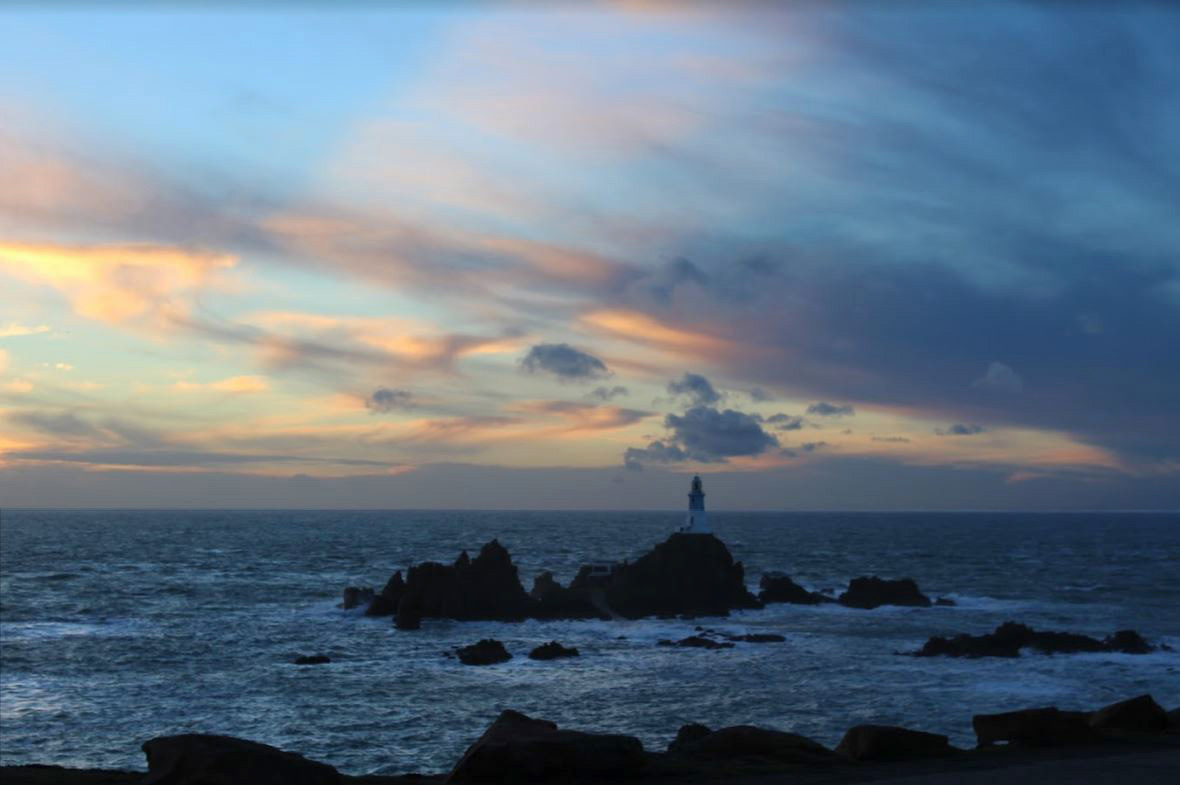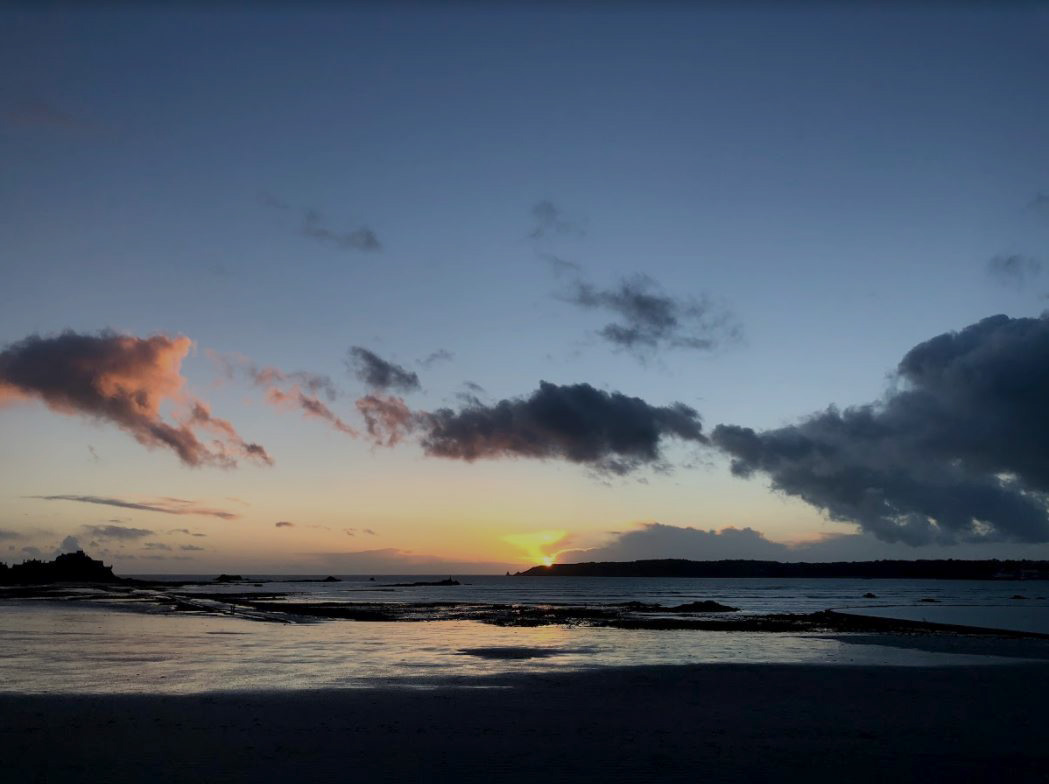Photographer Research – Hiroshi Sugimoto
Sugimoto Hiroshi, born on February 23, 1948, is a Japanese photographer and architect. He leads the Tokyo-based architectural firm New Material Research Laboratory.
He came to be known for his strictly black-and-white, highly stylized photography series. These series show views of the sea, extremely long exposed theatres, photos of scientific display cabinets, wax figures or Buddhist sculptures. Hiroshi Sugimoto sometimes works for several years on these work series. In recent years he has occupied himself increasingly with architecture, furniture design, objects and fashion.
“It was my goal to visualize the ancient layer of human memory with the means of photography”
“It is about returning to the past and remembering where we come from and how we came into existence.”
Photo Analysis

Technical
Although this photo may look plain and simple at first glance; there are many technical elements embedded in the image. Firstly, the smooth ripples in the water mean long exposure was used, Hiroshi Sugimoto most likely paired that with a slower shutter speed and bigger exposure to achieve this smooth and serene effect. Since the sky is rather dark, it’s natural to assume that the photo was taken at night – due to this, Sugimoto didn’t have to worry about overexposing the image as it would have been too dark to begin with. If the photo was taken in the dark, there would be no natural light for Sugimoto to work with meaning he had to rely on his camera and settings. Referring to Ansel Adam’s tonal range; the image seems to be missing the darkest black and brightest white but captures most of the tones in between.
Visual
Visually, I find this photo very pleasing and soothing. The lack of colour doesn’t feel like a disadvantage in this image; in fact, the lack of colour contributes to the simplicity and straightforward nature of Hiroshi Sugimoto’s photographs. By looking at the other photos in this set, it is safe to assume that Sugimoto used a black and white effect on this photo like all others. The photo has two parts to it: the sky and the sea, divided only by the line of the horizon that creates a soft contrast between the dark grey sky and lighter waves. Sugimoto purposely arranged the position of the sea like this in countless photographs to play and experiment with the concept of minimalism.
Contextual
The photograph was taken in 1997, during a time where most people had access to coloured photographs- Sugimoto purposely chose to not include colour in this image. Hiroshi Sugimoto studied art in Los Angeles in 1971, at the time of Minimalism and Conceptual Art – this is clearly evident in his work.
Conceptual
To me, the concept behind the image is to challenge the audience’s perspective and views on what makes a successful photograph. The image, at first glance, lacks the most conventional aspects of a successful photograph. The image is incredibly plain due to the lack of subjects but still able to capture the attention of the viewer and provoke an emotional response. The whole set has a similar calm and harmonious atmosphere it radiates, allowing the viewer to feel safe and at peace – which may not be a feeling we expierence much in our chaotic everyday life.
Contact Sheets


Final Edited Image In The Style Of Hiroshi Sugimoto
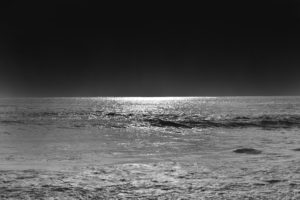
For this image, I first used the lasso tool to separate the sky and the ocean into two different layers and then I simply used the ‘burn’ tool to darken both the sky and the ocean until I was satisfied with the results. It was an easy process but it allowed me to quickly obtain the results I wanted.










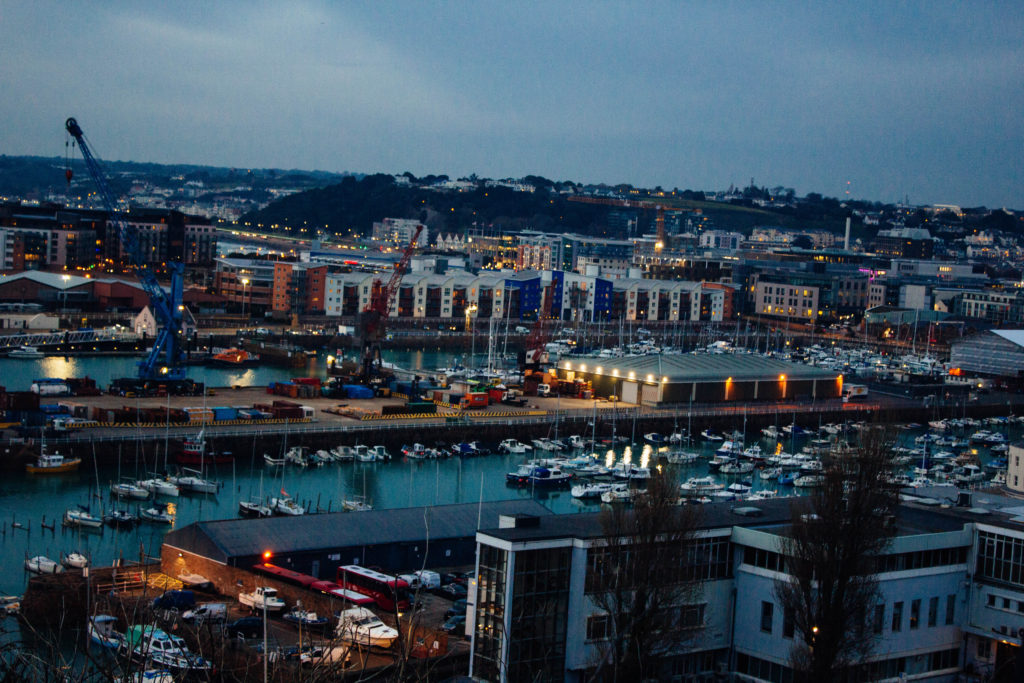



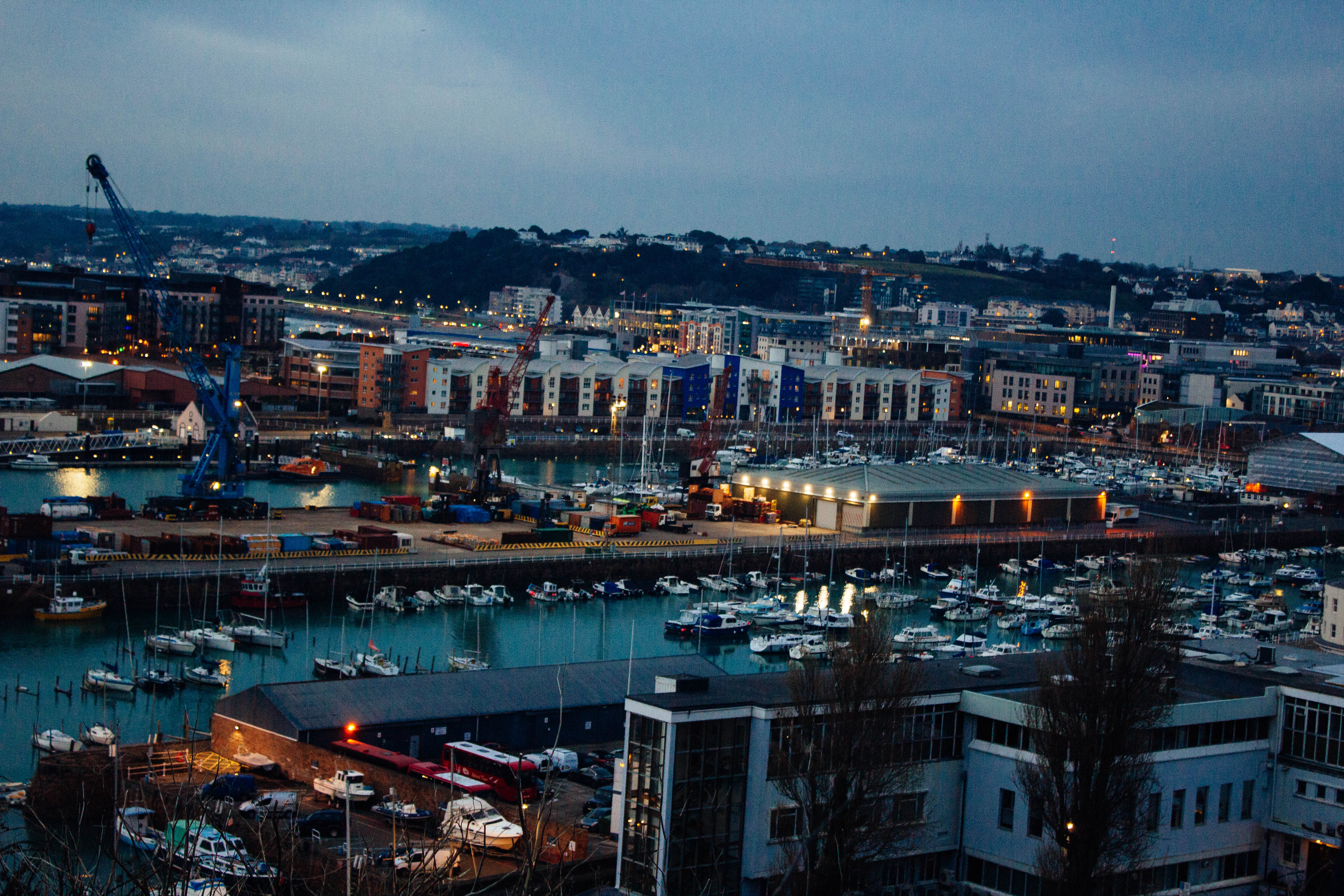

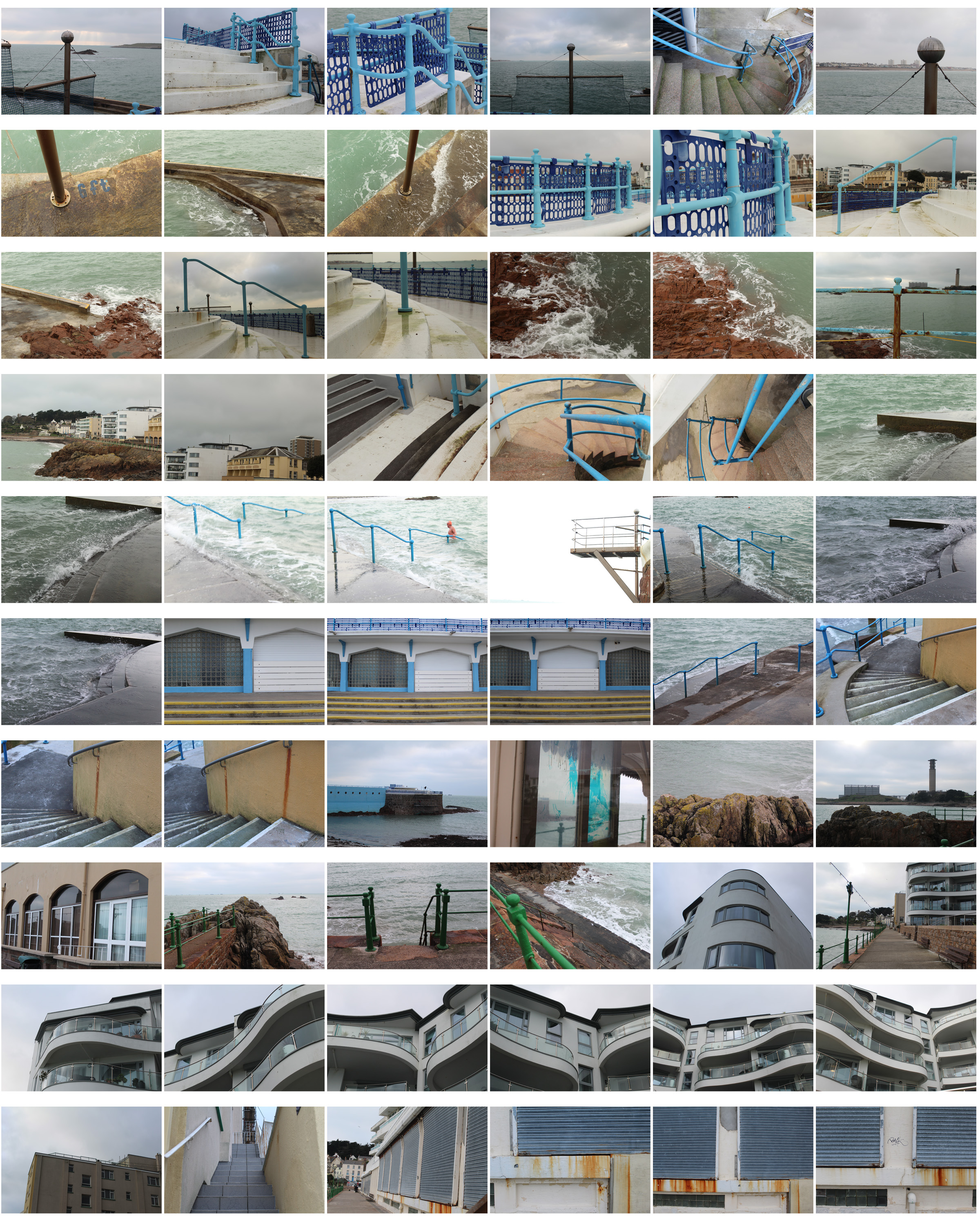
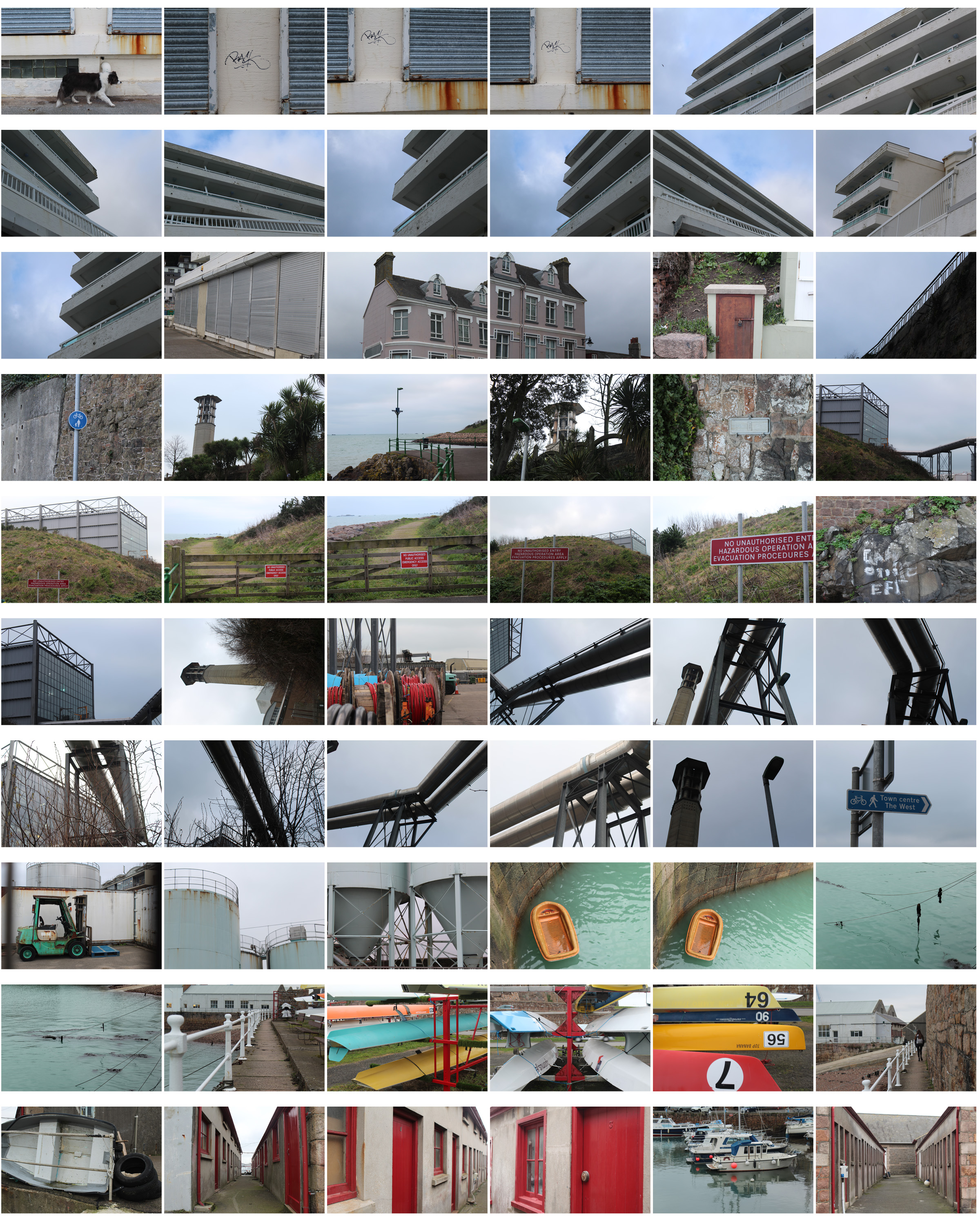 I then chose my favourite photos out of all the images, edited them and displayed them in the contact sheet below so the images can be seen more clearly. I chose these images as each one is completely different and shows the different landscapes I passed and the journey I went on- focusing on structured , man-made objects as well as nature.
I then chose my favourite photos out of all the images, edited them and displayed them in the contact sheet below so the images can be seen more clearly. I chose these images as each one is completely different and shows the different landscapes I passed and the journey I went on- focusing on structured , man-made objects as well as nature.



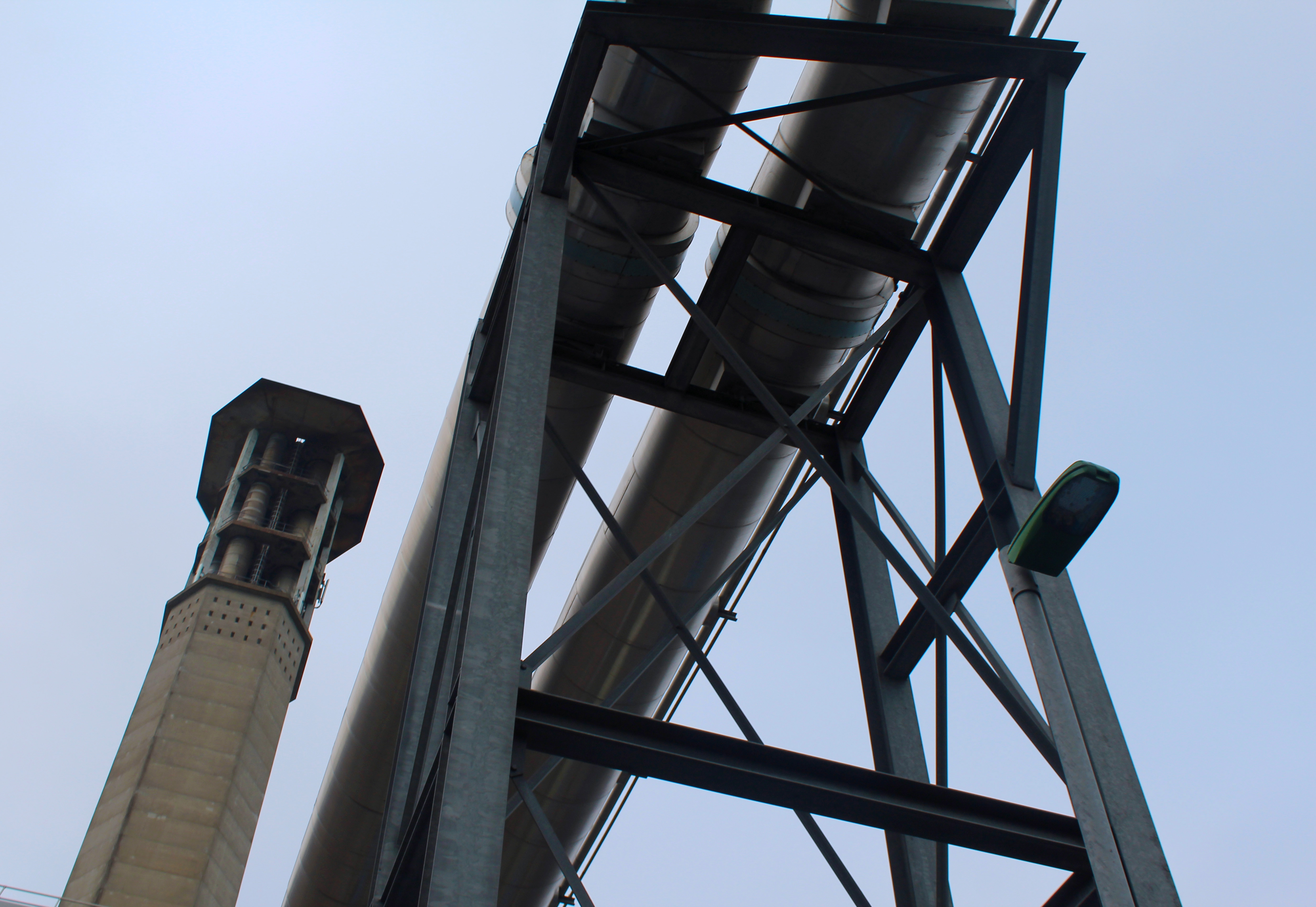


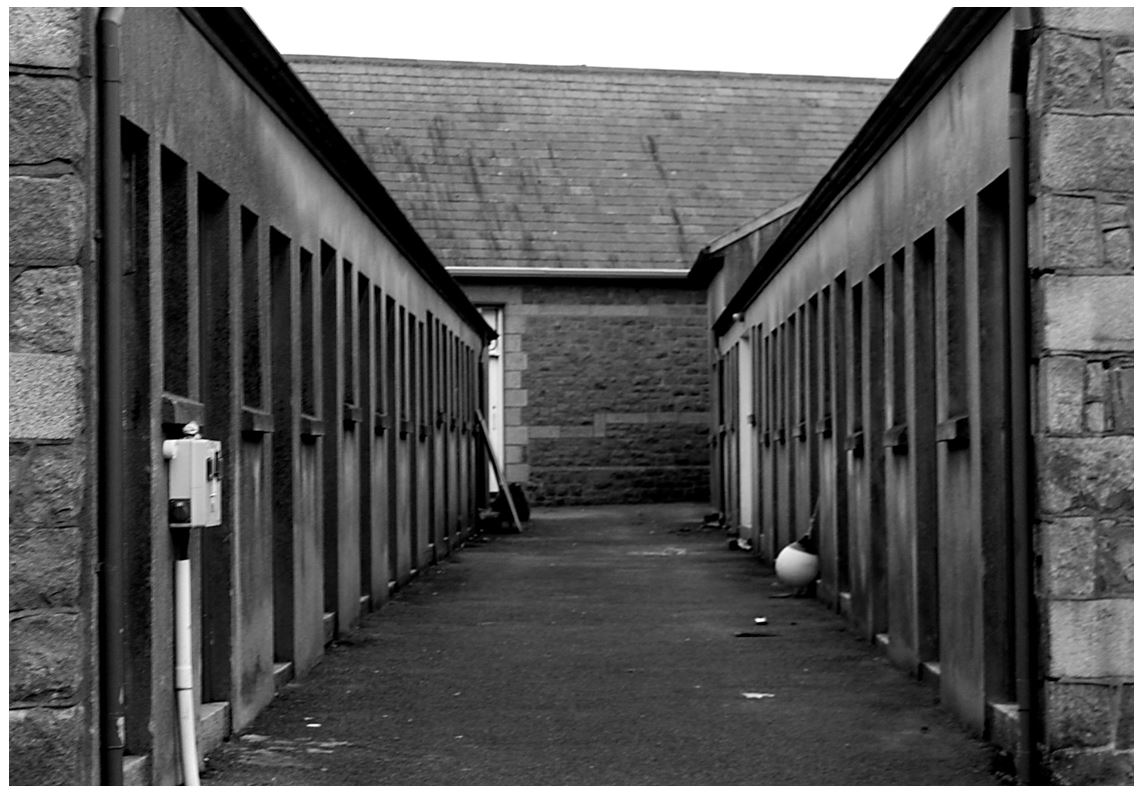 I also chose this image as it shows an alley that I tried to make symmetrical to show lines and repetition on both sides. I turned the photo to black and white taking inspiration from the new topographic photographers, trying to get the same effect. The industrial photographs I’ve taken have similarities to Albert Renger-Patzsch style in The New Objectivity with clear, black and white pictures of industrial archetypes.
I also chose this image as it shows an alley that I tried to make symmetrical to show lines and repetition on both sides. I turned the photo to black and white taking inspiration from the new topographic photographers, trying to get the same effect. The industrial photographs I’ve taken have similarities to Albert Renger-Patzsch style in The New Objectivity with clear, black and white pictures of industrial archetypes.
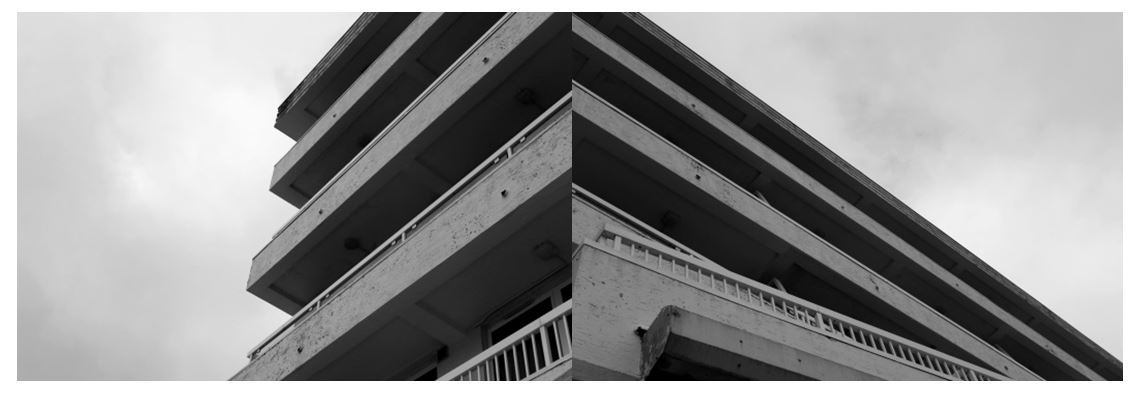

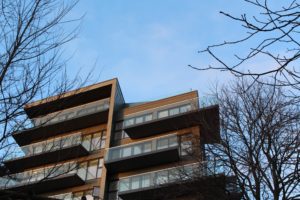

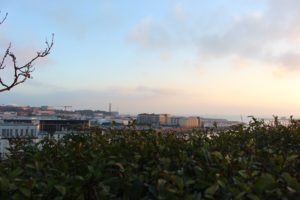

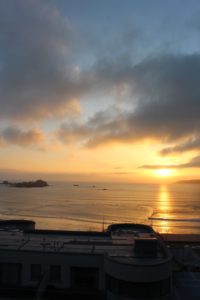

 For my urban landscapes homework I decided do my photo shoot from a higher perspective taking inspiration from Nicholas Nixon and photographed buildings, with architectural views. I also took inspiration from Thomas Struth’s photos of industrialised cities and how he incorporated people and movement, presenting images of chaotic urban activity in some images, which is why I captured the movement and business of the cars. I decided to take my images as the sky was turning dark as I thought it would make the lights from the cars and buildings stand out more than if i took them in the day. In my first contact sheet the images have a blue tint where the the sun has not completely gone down, whereas my second contact sheet the sky in completely black by the end, showing the differences the light has on the images.
For my urban landscapes homework I decided do my photo shoot from a higher perspective taking inspiration from Nicholas Nixon and photographed buildings, with architectural views. I also took inspiration from Thomas Struth’s photos of industrialised cities and how he incorporated people and movement, presenting images of chaotic urban activity in some images, which is why I captured the movement and business of the cars. I decided to take my images as the sky was turning dark as I thought it would make the lights from the cars and buildings stand out more than if i took them in the day. In my first contact sheet the images have a blue tint where the the sun has not completely gone down, whereas my second contact sheet the sky in completely black by the end, showing the differences the light has on the images. 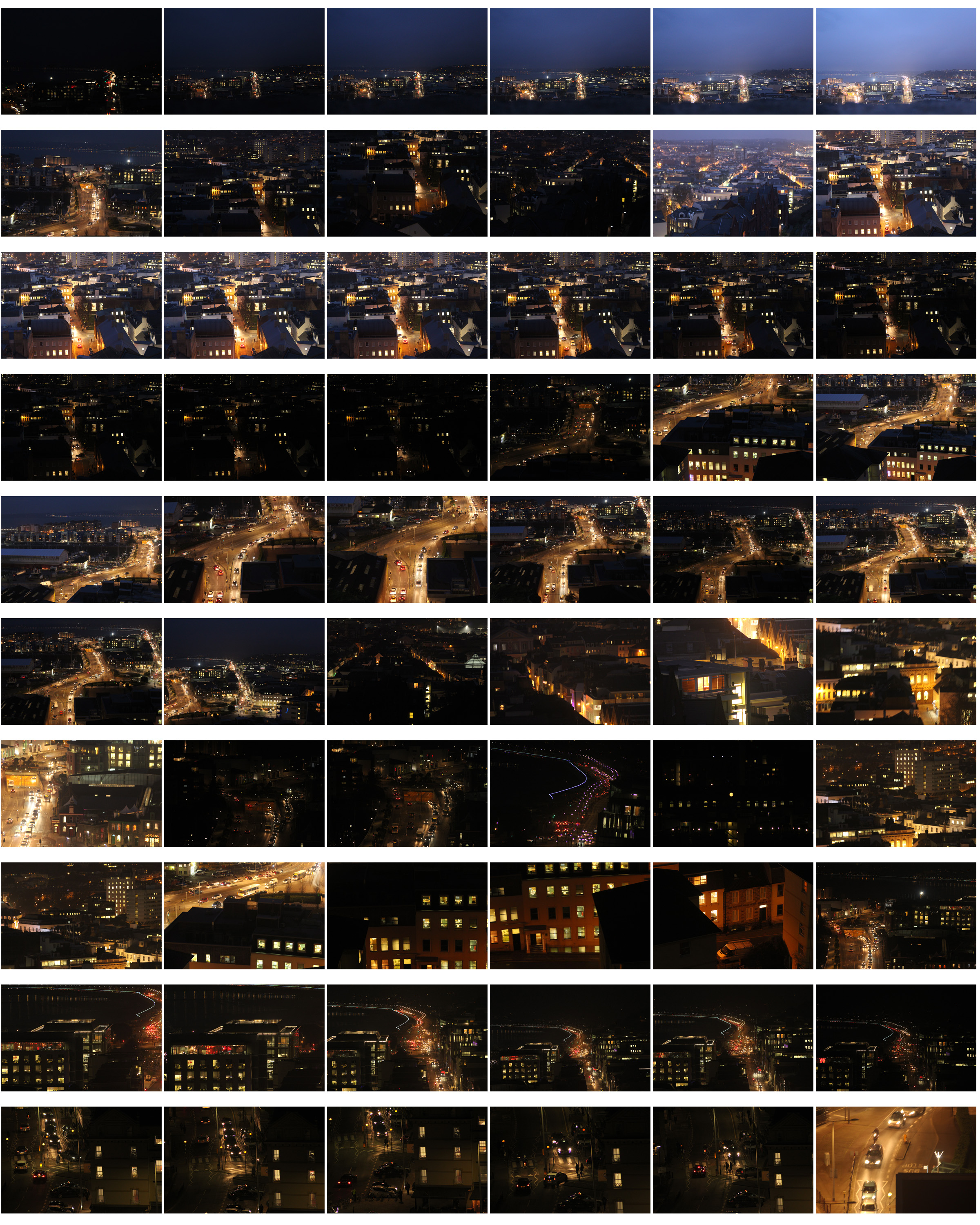 In my second contact sheet the lights from the buildings and cars are much more bright and noticeable as the yellow/orange is contrasted with the black background , making it more clear that it is night time. I think these photos are more effective as the lights from the cars make the whole road light up, making it glow and stand out more.
In my second contact sheet the lights from the buildings and cars are much more bright and noticeable as the yellow/orange is contrasted with the black background , making it more clear that it is night time. I think these photos are more effective as the lights from the cars make the whole road light up, making it glow and stand out more.


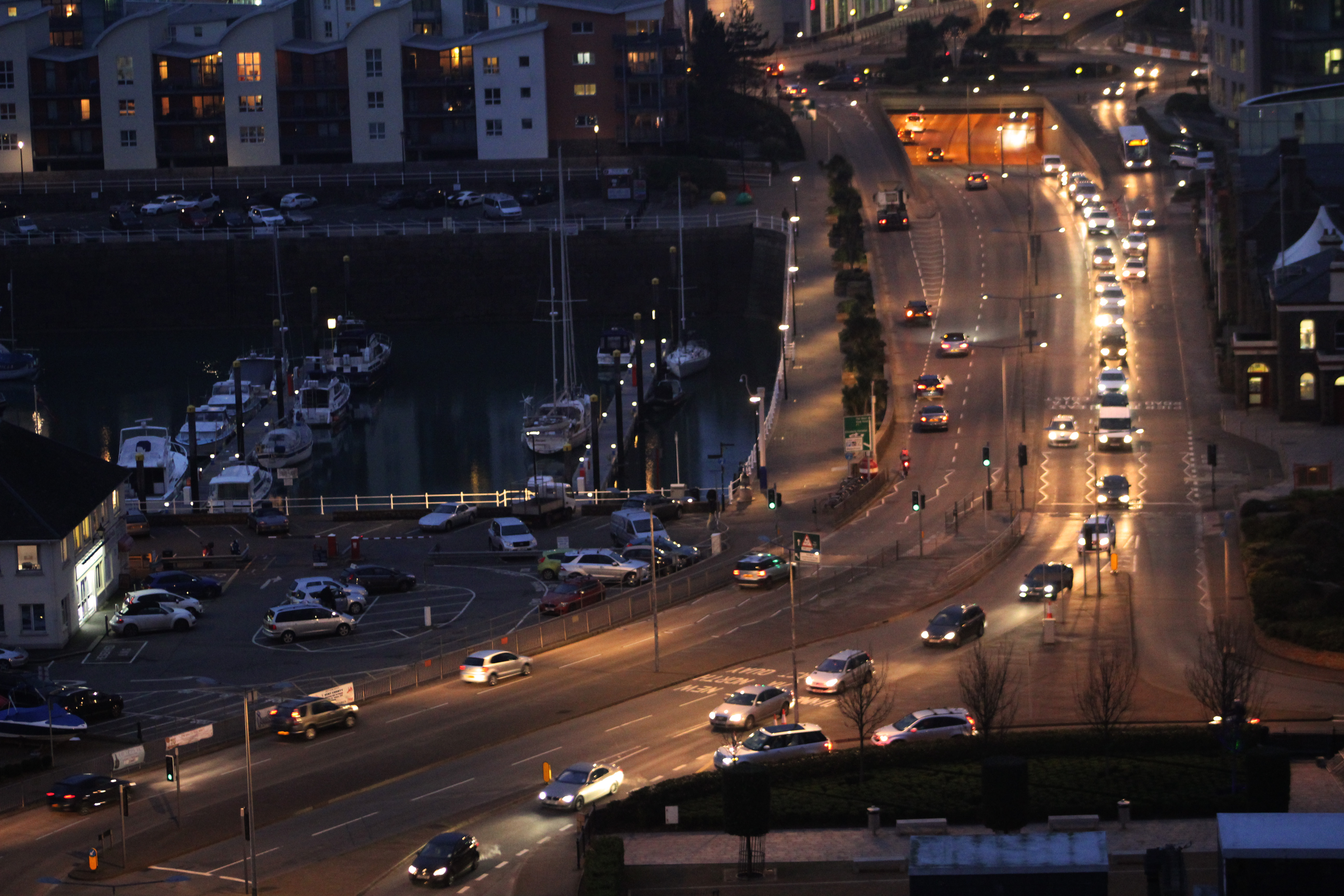


 Best Images From Shoot:
Best Images From Shoot:






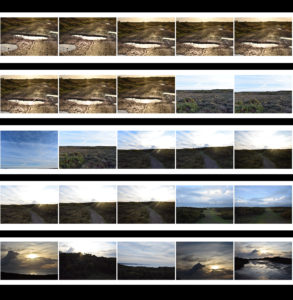







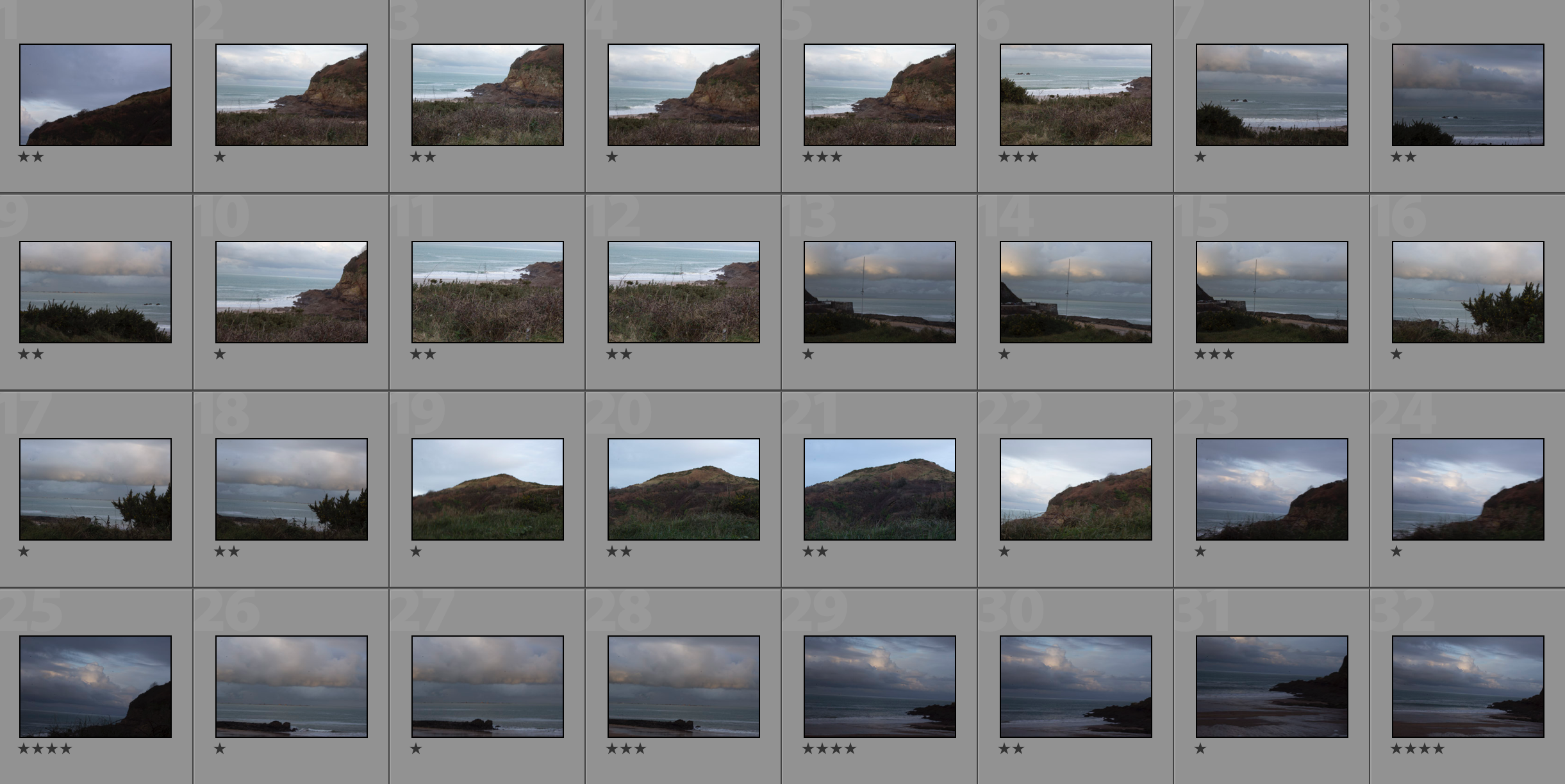


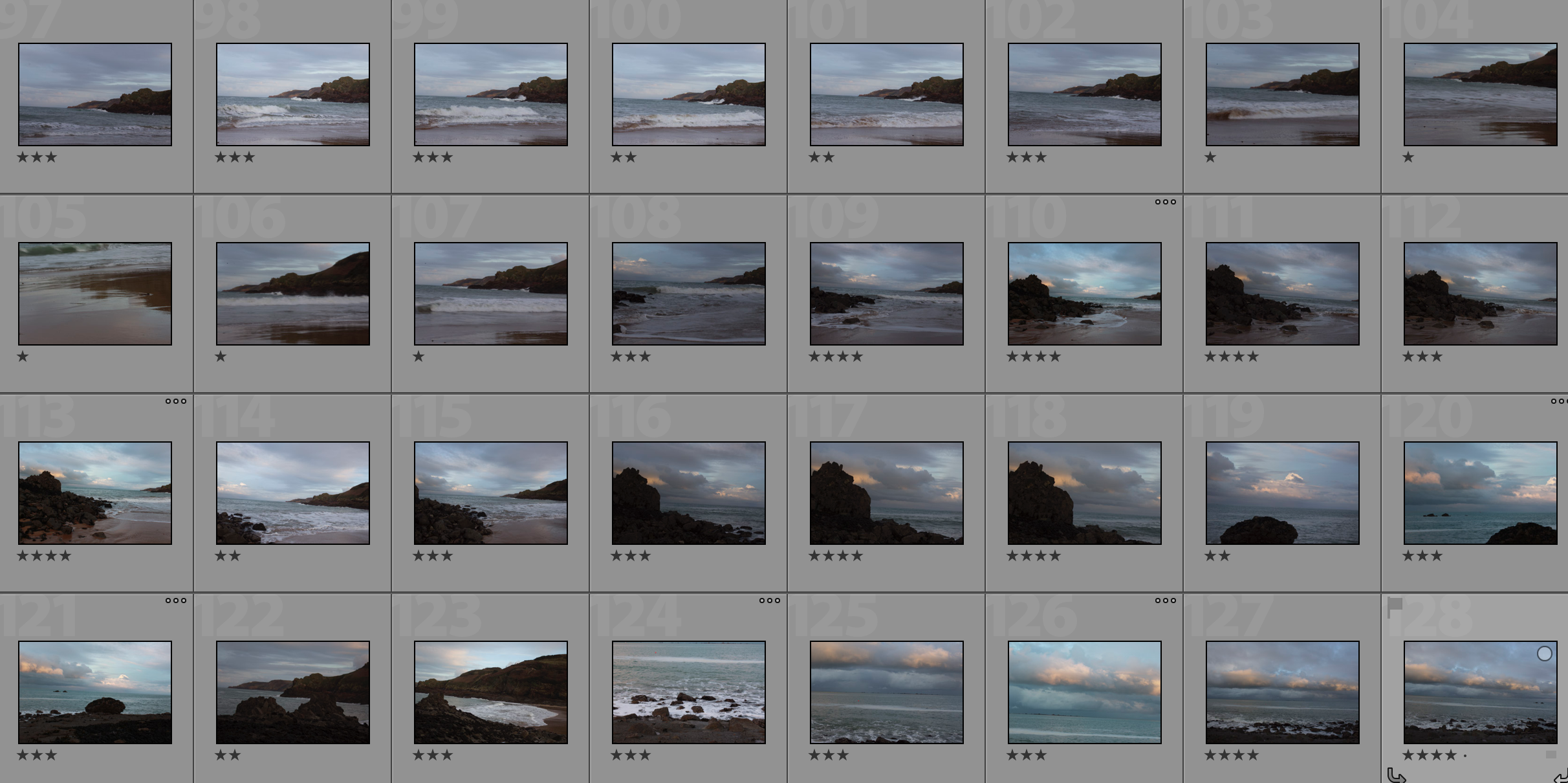

 I then applied the filter Fuji Neopan 1600 to create a strong, contrasting photograph that emphasises the shapes.
I then applied the filter Fuji Neopan 1600 to create a strong, contrasting photograph that emphasises the shapes. I then adjusted the shadows, highlights, contrast, brightness and whites and blacks in order the fine tune the photograph.
I then adjusted the shadows, highlights, contrast, brightness and whites and blacks in order the fine tune the photograph.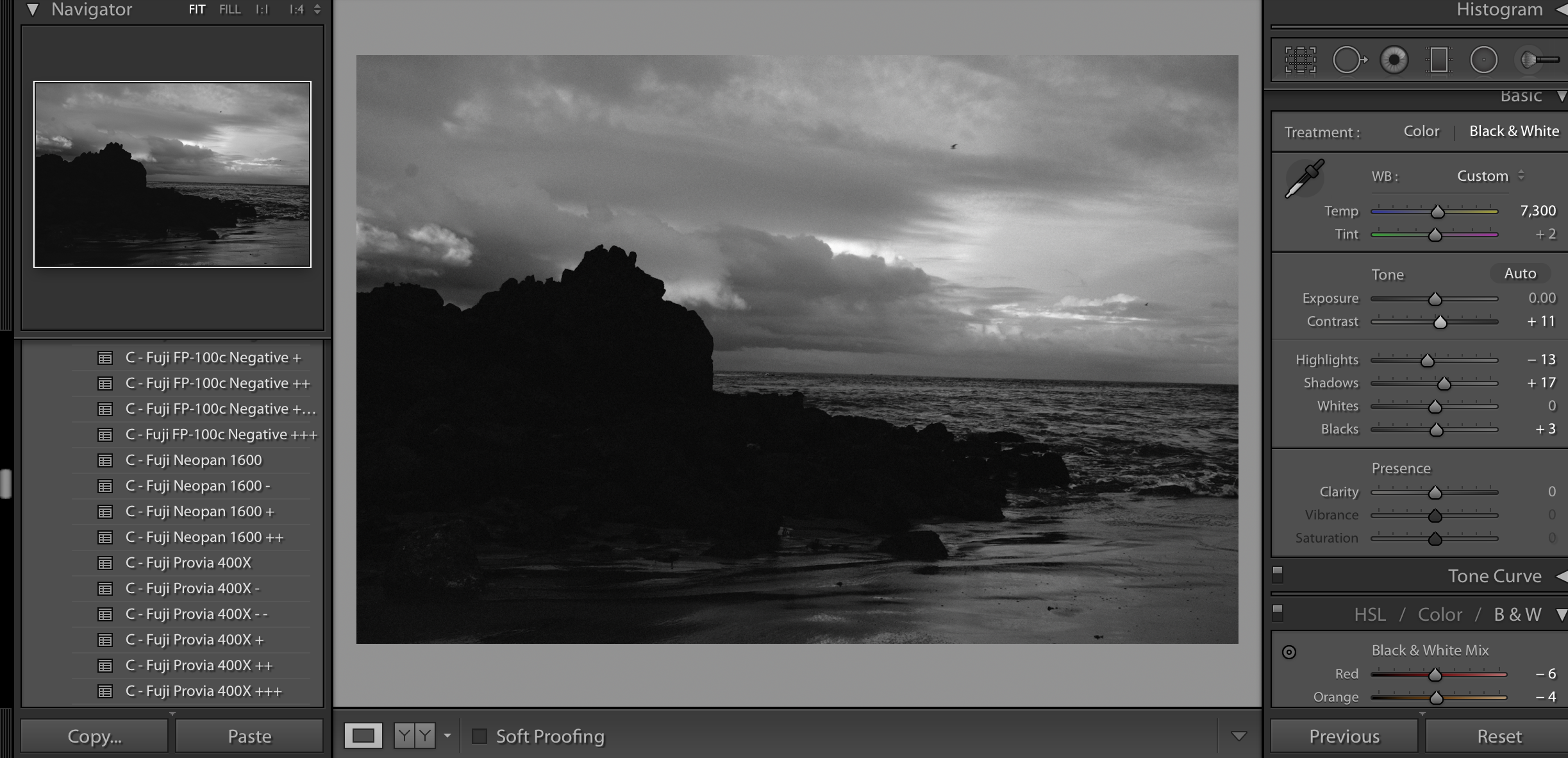

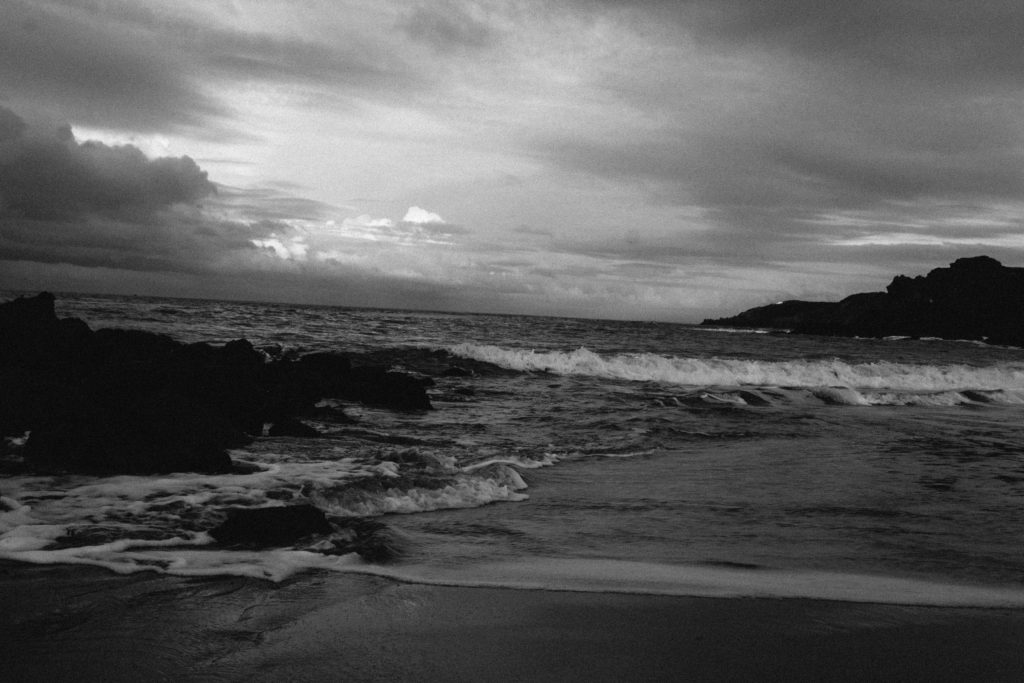


 My Favourite Photograph
My Favourite Photograph




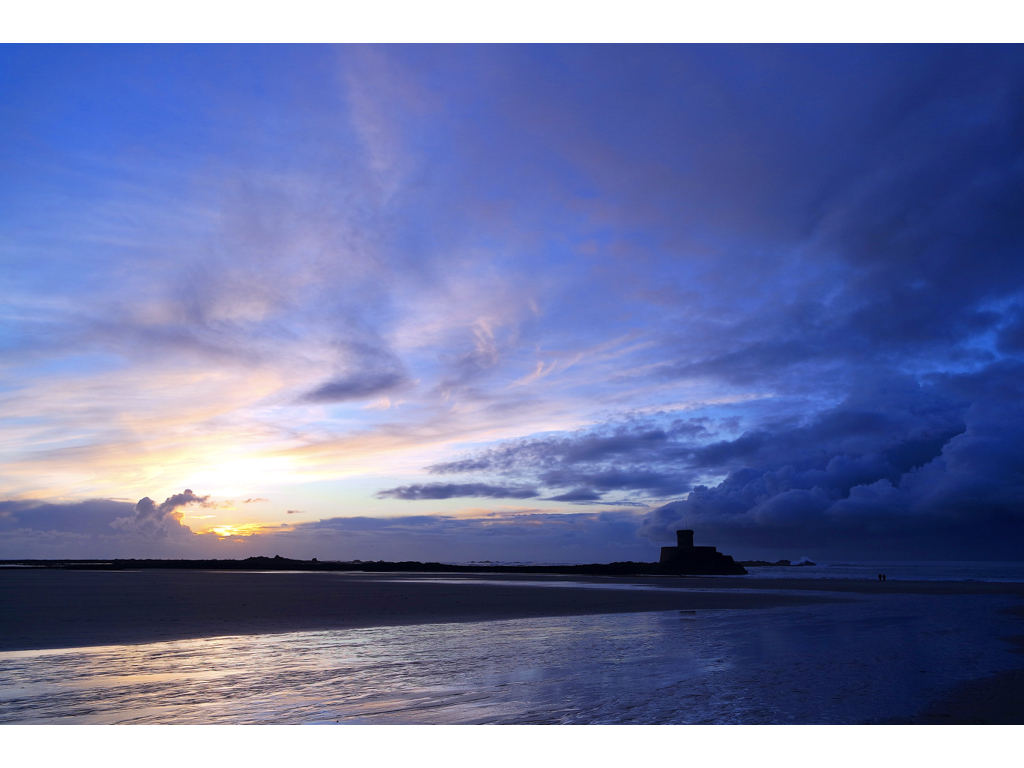

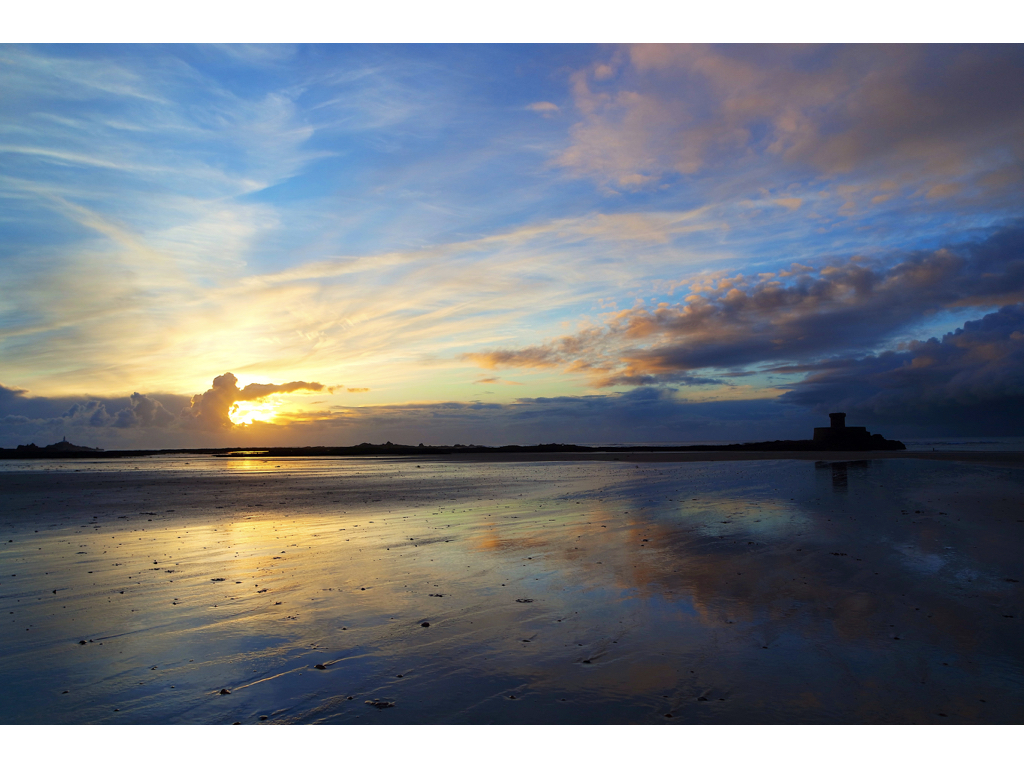


 within the images above I wanted to capture a romanticised landscape in a much more vivid and and poetical extreme of colour caught within the golden hour, although I also wanted to capture a sense of clam that will soon be abounded due to the oncoming stormy strength of the high side and cloud formation.
within the images above I wanted to capture a romanticised landscape in a much more vivid and and poetical extreme of colour caught within the golden hour, although I also wanted to capture a sense of clam that will soon be abounded due to the oncoming stormy strength of the high side and cloud formation.



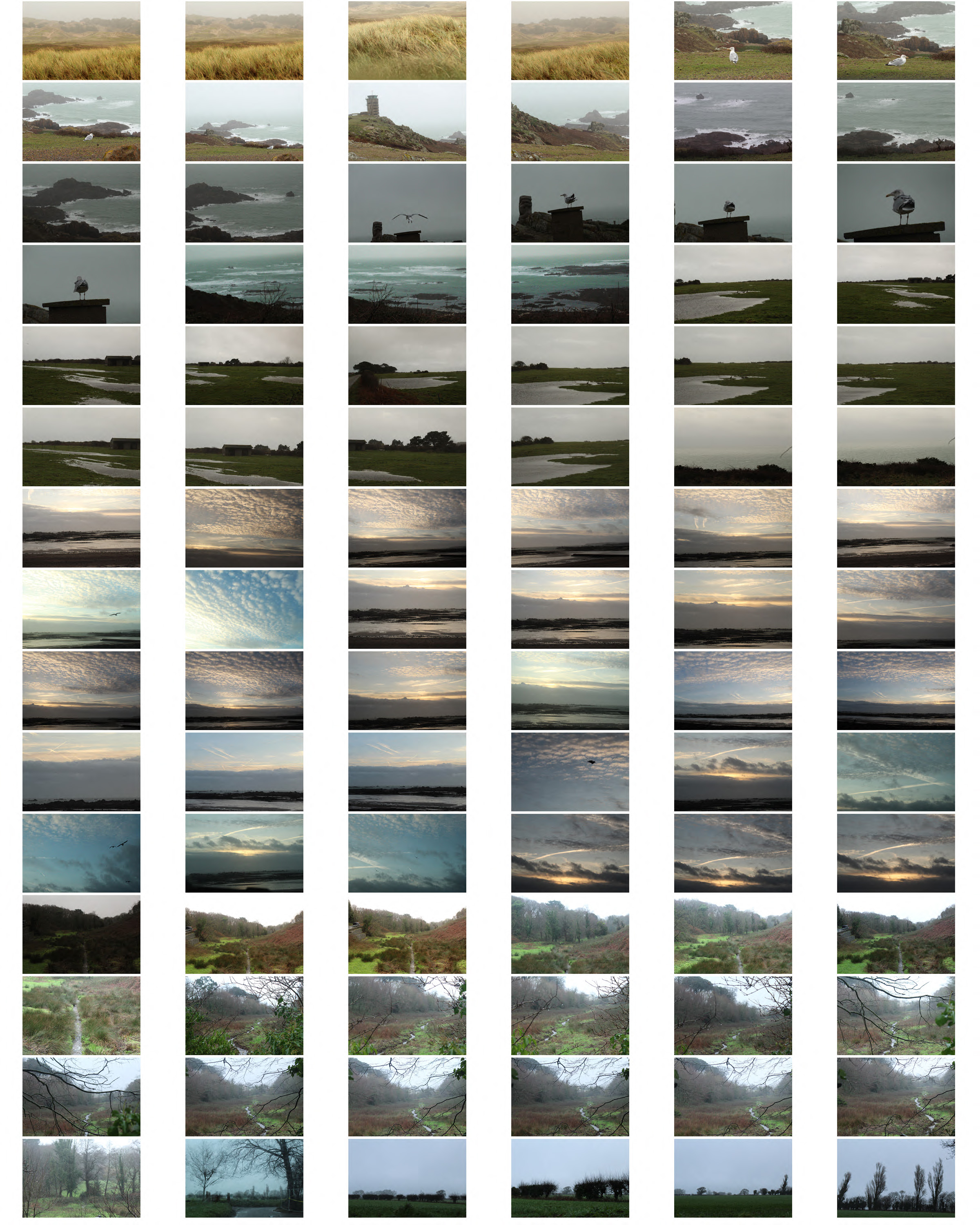


 For this photograph I tried to find a path or stream to be in my image with a natural setting. I focused on the branches in the foreground of the image and left the background more out of focus emphasising the misty environment which creates more atmosphere in the picture. Fay Godwin photos mainly consist of natural environments with trees, fields and beaches which is where I went to take my images.
For this photograph I tried to find a path or stream to be in my image with a natural setting. I focused on the branches in the foreground of the image and left the background more out of focus emphasising the misty environment which creates more atmosphere in the picture. Fay Godwin photos mainly consist of natural environments with trees, fields and beaches which is where I went to take my images.
